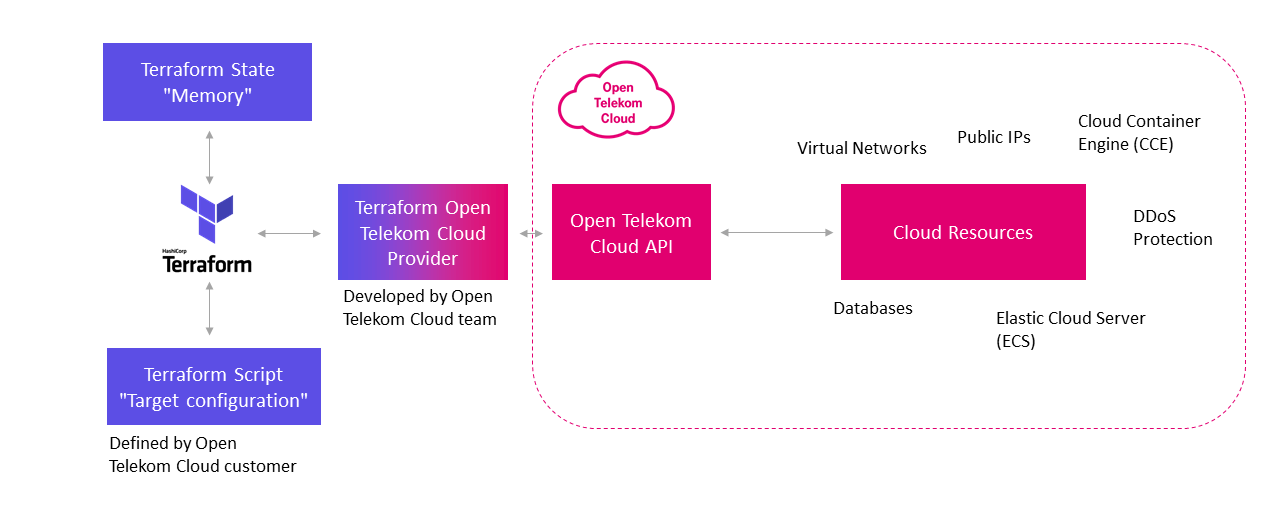In this article you will read about,
- what benefits companies can gain from Infrastructure as Code (IaC) and automated IT infrastructure provisioning,
- how Kubernetes and Terraform tools simplify and standardize cloud landscape management,
- how GitOps complements classic CI/CD pipelines and improves cloud infrastructure and application management.
Today's IT landscapes are based on automated processes. But in many cases, there is still considerable potential for optimization – both in initial provisioning and in resource management over the entire lifecycle. Modern approaches and tools for the provision of cloud-based software architectures can be of help here. Kubernetes clusters, for example, have become an established means of managing containerized applications and microservices. These take over the provisioning, scaling, and management of software containers on distributed hosts in a largely automated manner. If a container fails or more computing power is needed, a copy starts automatically and takes over the tasks of its predecessor – this standardizes the management of software with Kubernetes and significantly reduces any manual effort. Agile DevOps processes, which combine the development and operation of an application, are thus optimally supported.
The Open Telekom Cloud’s Kubernetes-based Cloud Container Engine (CCE) not only manages clusters but also adjusts the lifecycle of running containerized applications. Easily configurable functions such as autoscaling and load balancing ensure that a Kubernetes cluster scales automatically as required. New containers, virtual or physical machines thus significantly expand the performance of applications. This scaling can take place regularly during operation and without downtime. This means that immediate cost benefits can be achieved through dynamic resource utilization in the cloud.

